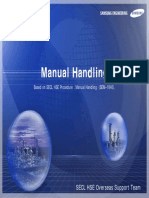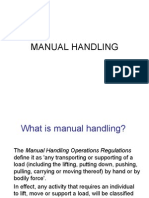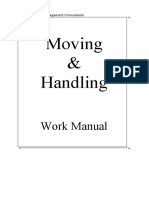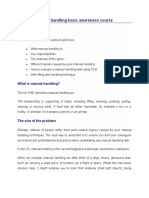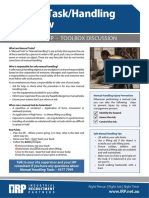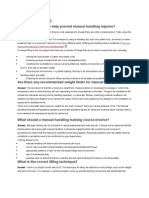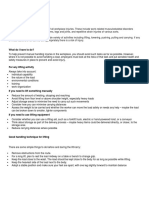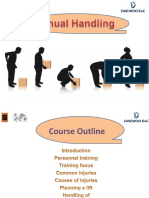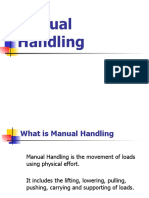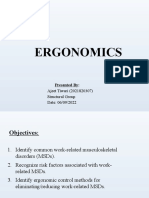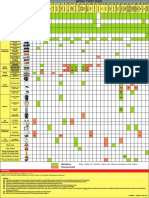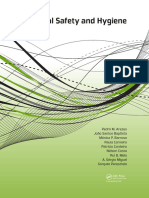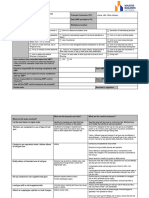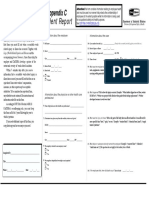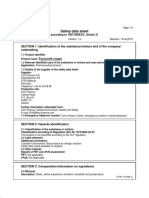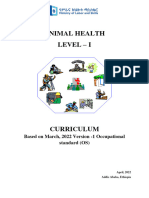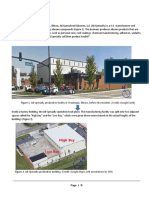0% found this document useful (0 votes)
403 views7 pagesManual Handling Handbook
This document provides manual handling training. It explains that manual handling training is required to prevent injuries, is legally required, and outlines safe techniques. Two out of five workplace injuries are due to manual handling, ranging from cuts to broken bones. Following proper lifting techniques such as keeping loads close, maintaining a stable posture, and not twisting can help prevent injury. The document also outlines when mechanical lifting aids should be used and weight limits for safe lifting.
Uploaded by
jarod masrudinCopyright
© © All Rights Reserved
We take content rights seriously. If you suspect this is your content, claim it here.
Available Formats
Download as ODT, PDF, TXT or read online on Scribd
0% found this document useful (0 votes)
403 views7 pagesManual Handling Handbook
This document provides manual handling training. It explains that manual handling training is required to prevent injuries, is legally required, and outlines safe techniques. Two out of five workplace injuries are due to manual handling, ranging from cuts to broken bones. Following proper lifting techniques such as keeping loads close, maintaining a stable posture, and not twisting can help prevent injury. The document also outlines when mechanical lifting aids should be used and weight limits for safe lifting.
Uploaded by
jarod masrudinCopyright
© © All Rights Reserved
We take content rights seriously. If you suspect this is your content, claim it here.
Available Formats
Download as ODT, PDF, TXT or read online on Scribd
/ 7







